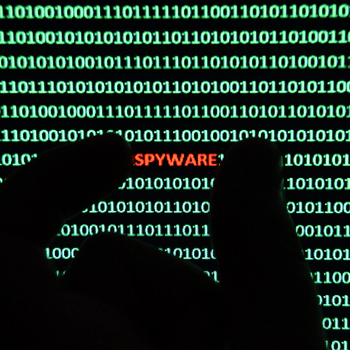All about spyware and the subtypes
 Most people, when hearing or reading the term “spyware”, automatically create a really simple concept in their minds: a type of malware designed to steal data from your computer or smartphone. To be fair, that is an accurate description. The problem is that it’s a little limited. Spyware is not only a malicious form of software. In fact, it covers an entire category that branches out into variants that act in specific manners and offer slightly different purposes.
Most people, when hearing or reading the term “spyware”, automatically create a really simple concept in their minds: a type of malware designed to steal data from your computer or smartphone. To be fair, that is an accurate description. The problem is that it’s a little limited. Spyware is not only a malicious form of software. In fact, it covers an entire category that branches out into variants that act in specific manners and offer slightly different purposes.
Speaking plainly, we could say that, sure, all spyware (made up of the word “spy” and “software”) is a computer code aimed at spying on an Internet user, keeping track of online habits and behavior on the web and stealing sensitive data as subtly as possible. Different from ransomware, for example, this is a silent threat, designed to remain invisible and undetected within a system for as long as possible.
The main spies
Spyware is created to “keep an eye” on you without your authorization. Some types include:
-
Adwares: this type integrates your browser and monitors your online behavior to understand your interest, then selling this data to advertiser chains and forcing the display of more attractive adverts on your profile. The entire ecosystem involved earns money when you click on these adverts.
-
Tracking cookies: things call for a bit more calm here. Cookies are common and really are aimed at identifying your device to personalize the content on a website when you visit for a second time. And they can often be useful. The problem lies with tracking cookies, which are hard to uninstall and also use your information for advertising ends.
-
Keyloggers: keyloggers aim to register each key you press on a device, sending this information to cybercriminals. The idea is that, with all this typing, they can decipher your credentials for a service or even the password to your bank account.
-
Screenloggers: these are really similar to keyloggers; however, they take a screenshot of your computer based on identifying mouse clicks. This way, information is sent to cybercriminals in the form of images or videos.
These are just a few examples and, if you think spyware is on the decline, know that, according to stats from Malwarebytes, the detection rate for this type of threat rose 1677% between January and June 2020 alone.
In addition to hitting end users, spyware is also increasingly used for political purposes or industrial espionage, with entire companies dedicated to creating “quality” versions of this type of malware.
Article originally written in Portuguese by Perallis Security Content Team: Entenda o que são spywares e conheça seus subtipos — Perallis Security
